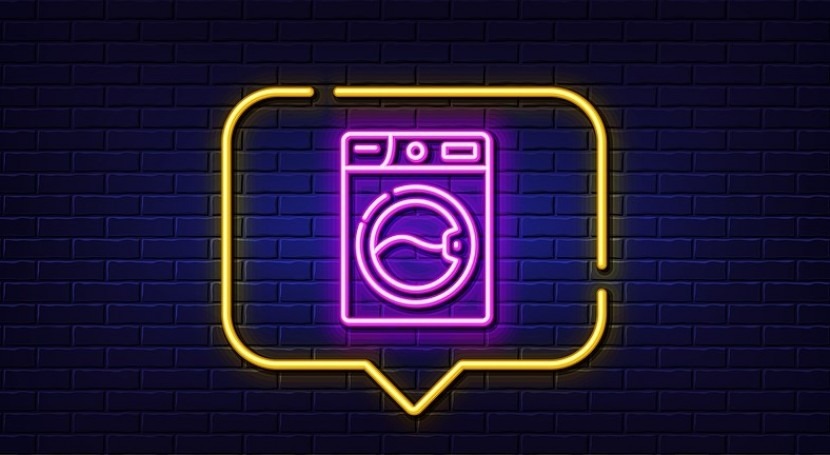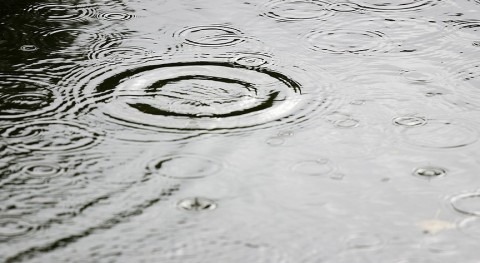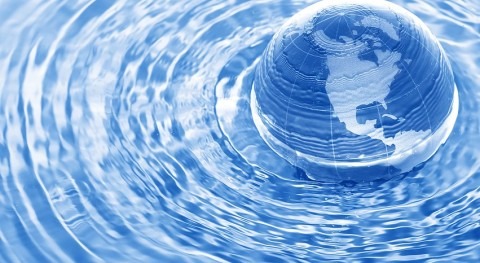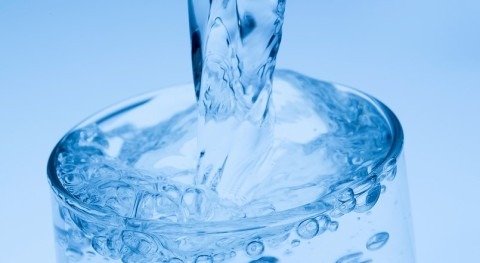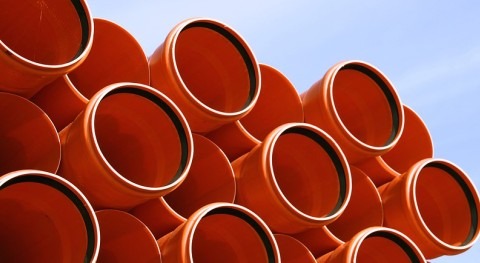The government has launched a 12-week consultation to look into the possibilities of implementing mandatory water efficiency labels for washing machines, dishwashers, showers and taps… with the aim being to help consumers save more than £270 million on bills over a ten-year period.
Based on 2019 prices, it’s expected that the label could save £125 million on water bills and £147 million on energy bills, as well as saving 1,200 million litres of water each day (which is the same as 480 Olympic swimming pools!).
The plans would see a separate water label brought in that differs to the existing energy label found on toilets, taps, showers, dishwashers, washing machines and washer/dryers. Last year, energy efficiency labels and minimum performance standards saw savings on bills of £75 for the average dual-fuel household.
CEO of Ofwat David Black commented on the news, saying: “This summer has highlighted the importance of water. Water labelling is a key tool, helping everybody make informed choices that can reduce their water use and bills.
“Managing water demand plays a role in tackling the pressures on our water system, alongside pushing water companies to reduce leakage and looking at new sources and water transfers to increase our future water supply. We support the proposals and look forward to seeing the outcome of this consultation.”
Water UK chief executive Christine McGourty went on to add that these labels will help customers make more informed decisions about purchases, as well as saving money and energy, and making water supplies more resilient to climate change through water usage reductions.
This labelling strategy comes as part of a wider series of measures, revealed in July last year, to encourage water efficient products and bring in a more consistent approach to water leaks, driven by the classification of seven new regions as in serious water stress.
The aim is to balance increasing demand for water with the ambitions set out in the 25 Year Environment Plan to achieve clean and plentiful water.
Furthermore, it’s expected that new water efficiency measures will help achieve the 2050 net zero target through reduction of domestic energy consumption, with heating water making up around 17 per cent of an average household’s energy use.
As well as the labelling scheme, water companies are also being asked to develop a consistent approach to fixing leaks across their pipe networks. In the last ten years, approximately 25 per cent of all leaks have been from customer supply pipes.
Local authorities are also being encouraged to adopt tighter standards of 110 litres of water per person per day for new homes where appropriate, down from the standard 125 litres that is currently in place. This would require the installation of more efficient fixtures and fittings.




